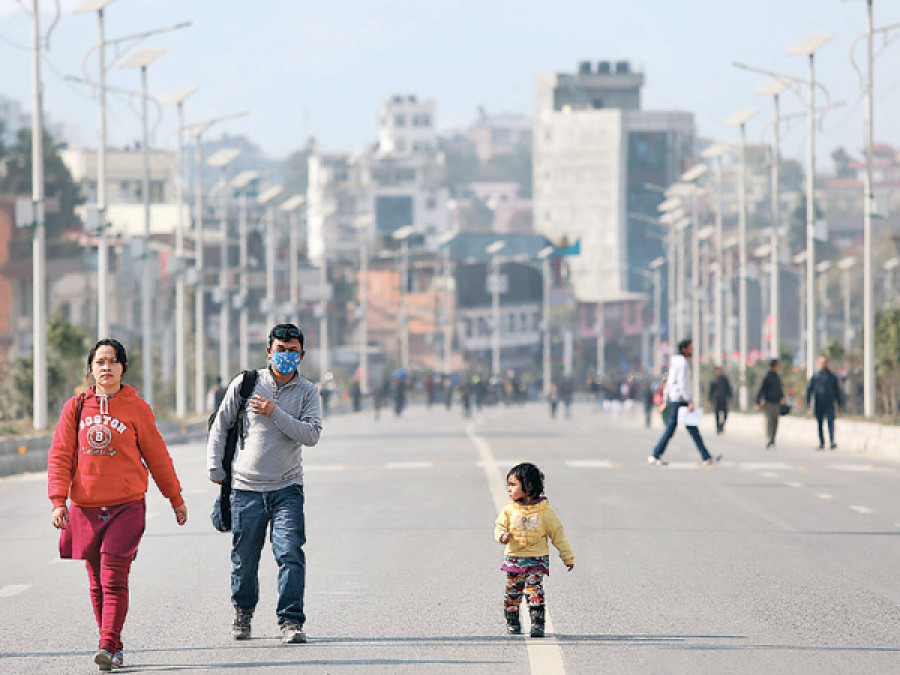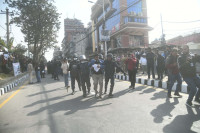Opinion
The rights of all
Government needs to bring policies that protect the rights of the protesters without hampering the mobility of people during protests.
Ashish Gajurel
Elsewhere
Roads are used for demonstrations, rallies, protests, and celebrations. But there is differencein the way it is done in Nepal and elsewhere. Demonstrations are meant to serve one or many objectives, depending on the time, purpose, issue involved, and organiser. In developed countries, demonstrations are organised in such a way that they do not hinder the mobility of people. In countries like the UK and Germany, protests are carried on the road but only after gaining the approval of authorities. Demonstrations are allowed only on certain roads and during certain time intervals. Arrangements are made accordingly to ensure people’s right to mobility.
In Nepal, demonstrations on the roads are common practice. The right of the people to demonstrate is protected by the law. Though demonstrations and strikes are organised to ensure peoples’ rights, many demonstrate even for trivial matters and obstruct vehicular movement. A rather predictable reason for strikes in the past has been fuel price hikes. Students immediately take to the roads and disturb vehicular movement. Students, no doubt, have a right to protest against fuel price hike. But at the same time, people also have the right to travel to their destination. Both rights must be protected at the same time.
The rights of travelers must not be undermined while protecting the rights of protesters. Currently, protesters do not need any permission for protests. During protests, vehicles are stopped for hours and even days without prior information, resulting in gridlock and leaving thousands of people to suffer on the streets including children, the elderly, and the sick.
For instance, if a vehicle hits any person on the road, the scene is followed by people, including the victim’s relatives, imposing a road blockage, demanding compensation and punishment for the driver. In most cases, locals take the law in their own hands and beat up the driver, instead of rushing the victim to the hospital and letting the police take the correct course of action.
Foretell information
Demonstrations that lead to the suffering of people need to be discouraged. The Government of Nepal should immediately bring forth and implement policies that protect the rights of protesters while also protecting the rights of the general public. This can be done by bringing appropriate policies for demonstrations and protests regarding the time and place for such programmes. The demonstration schedule and the venue must then be communicated to governing bodies and the people at least a day before the programme. The authorities should then inform the people about it through the media so that they have enough time to prepare themselves to get to their destinations.
Protest schedules must also be communicated to traffic management authorities in time so that they can implement suitable strategies to manage vehicular movement. One strategy could be creating diversions so that city’s traffic flows freely. Such a policy would ensure the rights of both protesters and commuters.
In countries like Indonesia, Australia, Belgium, and Mexico, they have a ‘car-free day’ on an off-day. This approach has several advantages. It reduces environmental emission and saves fuel consumption and encourages people to walk, which is good for health. This could be replicated in Nepal, unlike the current practice of harrasing travellers and hampering social and economic activities during demonstrations. This must be corrected and demonstrations should be held in a manner that does not affect the daily activities of the people. While instances like a price hike or shortage affect all people, protesters should not make people suffer more.
Gajurel is a traffic engineer




 6.12°C Kathmandu
6.12°C Kathmandu










